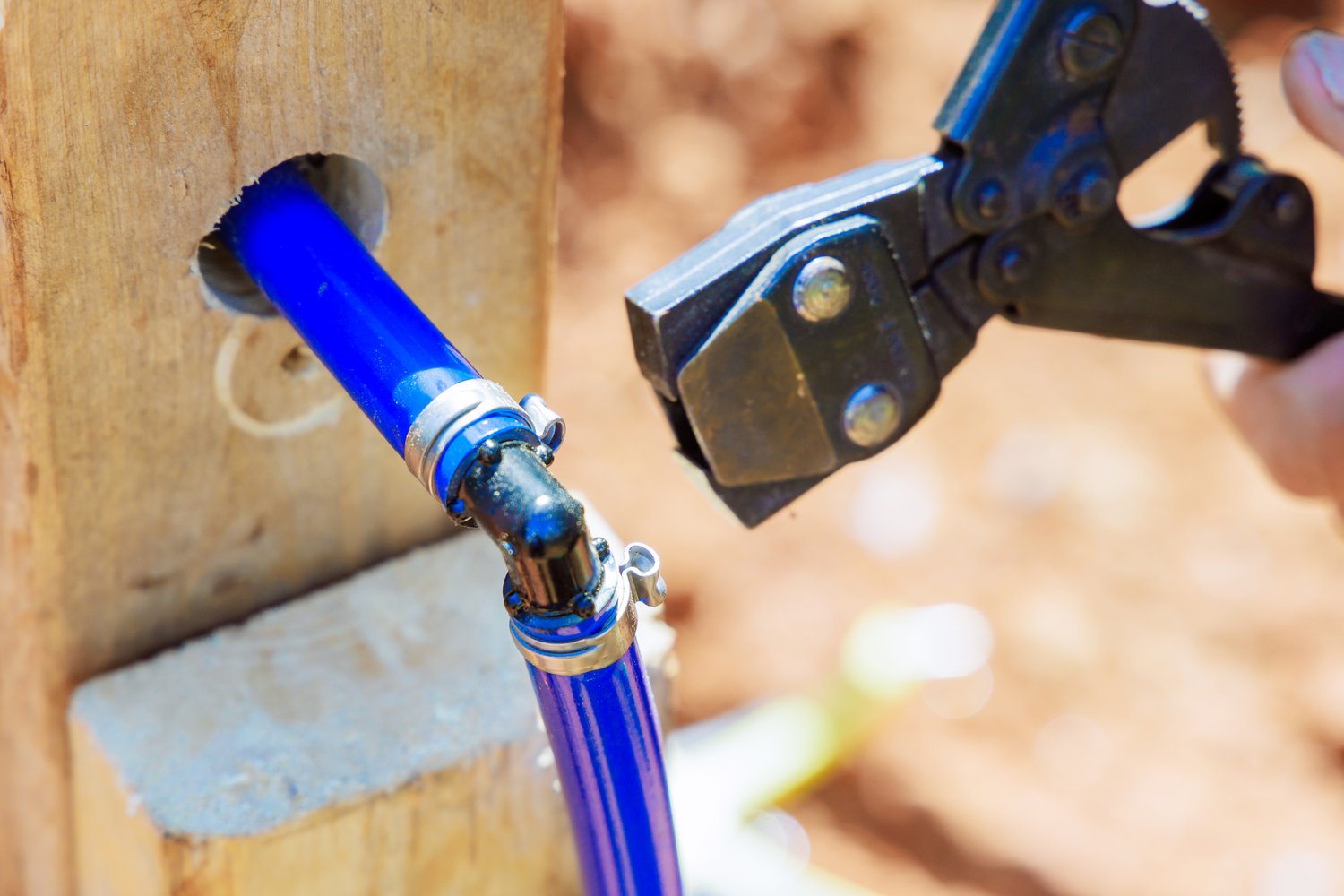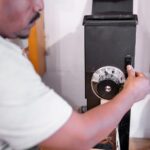Do the sudden, loud bangs in your plumbing system make you cringe every time you run the tap or flush the toilet? These unsettling sounds, known as water hammer, can not only disturb your peace but also pose a threat to your pipes. In this article, we’ll explore a practical solution that doesn’t require tearing into walls. By installing a water hammer arrestor, you can preserve tranquility in your home and extend the lifespan of your plumbing system.
- Understanding Water Hammer: Discover why water hammer happens and how it can lead to significant plumbing issues if left unaddressed.
- Tools and Materials: Gather all necessary equipment and supplies you need to tackle this problem without the hassle of wall access.
- Step-by-Step Guide: Follow our simple yet detailed instructions to install a water hammer arrestor at easily accessible points in your plumbing system.
By following the guidance in this article, you will be equipped to tackle those disruptive noises head-on, ensuring a serene and safe environment in your home. Dive into this practical guide to eliminate water hammer effectively and prevent future plumbing headaches.
Understanding Water Hammer: The Need for Water Hammer Arrestor Installation
Water hammer is a common and disruptive plumbing issue recognized by its characteristic banging or knocking noise in pipes. This unsettling phenomenon occurs when a tap or valve is closed suddenly, leading to a sudden stop in water flow. This abrupt halt in motion multiplies the pressure inside the plumbing system, causing the pipes to shake or vibrate loudly.
The consequences of water hammer go beyond mere noise; over time, the excessive pressure can wear out pipe joints and fasteners, potentially leading to major residential plumbing problems. Installing a water hammer arrestor can effectively quell these disturbances, protecting your pipes from undue stress and possible damage.
A water hammer arrestor acts as a cushion by absorbing the shock wave that results from halted water flow. This device offers a long-term solution to water hammer issues, contributing to a longer lifespan for your plumbing system. Ignoring water hammer could lead to expensive repairs, making the installation of an arrestor a wise investment for any home or apartment.
Tools and Materials Needed for Installing a Water Hammer Arrestor
Before beginning the installation of a water hammer arrestor, it’s vital to prepare with the necessary tools and materials. This preparation will ensure a smooth and efficient setup without the need to access the insides of walls.
Firstly, you’ll need an adjustable wrench to fit various pipe sizes. This tool helps maneuver tight spaces with precision. Additionally, having pipe thread seal tape is crucial. This material ensures a snug, leak-free connection, safeguarding against water damage.
A tube cutter will be necessary if any adjustments to existing pipes are required. It’s designed to make clean cuts, facilitating smoother connections for the water hammer arrestor. Finally, the water hammer arrestor itself comes in different types, with many designed to be installed at convenient plumbing points, such as near dishwashers or washing machines, where water hammer frequently occurs.
By gathering these essential tools and materials, you will be well-equipped to tackle the installation process efficiently, all while enhancing your home’s plumbing integrity.
Step-by-Step Guide: Water Hammer Arrestor Installation to Stop Noisy Pipes Without Wall Access
Dealing with the annoying sound of banging pipes, also known as water hammer, can be daunting. Fortunately, you can install a water hammer arrestor without reaching into the walls. Below is a detailed step-by-step guide that shows you how to effectively silence those noisy pipes using accessible plumbing locations.
Step 1: Identify the Problem Area
First, determine the fixtures most frequently associated with the knocking sound. Typically, this problem arises with appliances such as washing machines or dishwashers. These machines suddenly stop the water flow, causing pressure swings that lead to water hammer.
Step 2: Select the Correct Water Hammer Arrestor
Choose a water hammer arrestor that fits your plumbing system’s requirements. Arrestors come in different sizes and connection types, such as threaded or push-fit. Make sure the one you choose matches your pipe size and material (e.g., copper, PEX).
Step 3: Turn Off the Water Supply
To ensure a smooth installation, turn off the water supply to the section of plumbing you’ll be working on. This prevents any water flow, making it safer and more convenient to install the arrestor. Once this is done, open the faucet or fixture to drain any residual water in the line.
Step 4: Prepare the Plumbing Connection
Locate the nearest accessible point to the offending fixture. This is often the shut-off valve near the appliance creating the water hammer noise. In some cases, you might attach the arrestor inline by cutting a section of the pipe. Ensure the area is clean and dry before proceeding.
Step 5: Install the Water Hammer Arrestor
Attach the water hammer arrestor to the accessible plumbing point. If you’re using a threaded model, hand-tighten before using a wrench for a snug fit. For push-fit models, simply insert the arrestor into the pipe end and push firmly until seated correctly. It often connects directly to the shut-off valve or can be spliced into the line with proper fittings.
Step 6: Turn the Water Supply Back On
With the arrestor securely in place, reopen the water supply slowly. Check for any leaks around the connections. If everything is fitted well, the water hammer arrestor will now absorb the shock waves that cause the hammering noise.
This straightforward installation can greatly enhance the efficiency of your plumbing system. Not only does it silence loud pipes, but it also helps prevent potential damage to your plumbing infrastructure. Consider investing in professional-grade water hammer arrestors to further ensure longevity and effectiveness.
FAQs About Water Hammer Arrestor Installation
What is a water hammer?
Water hammer is a loud banging noise that occurs in plumbing pipes, often due to abrupt stopping of water flow.
Why is water hammer an issue?
It can lead to pipe damage and affect the efficiency of the plumbing system.
Do I need to open walls to install a water hammer arrestor?
No, you can install an arrestor at accessible points such as under sinks or near appliances.
What tools are required for installation?
Key tools include a wrench, pipe cutter, and Teflon tape.
How does a water hammer arrestor work?
It absorbs the shock wave within the pipe, preventing the banging noise.
Can I install it myself?
Yes, with the right tools and instructions, it’s a feasible DIY project.
Where should I place the arrestor?
Install it as close as possible to the fixtures causing the hammer.





